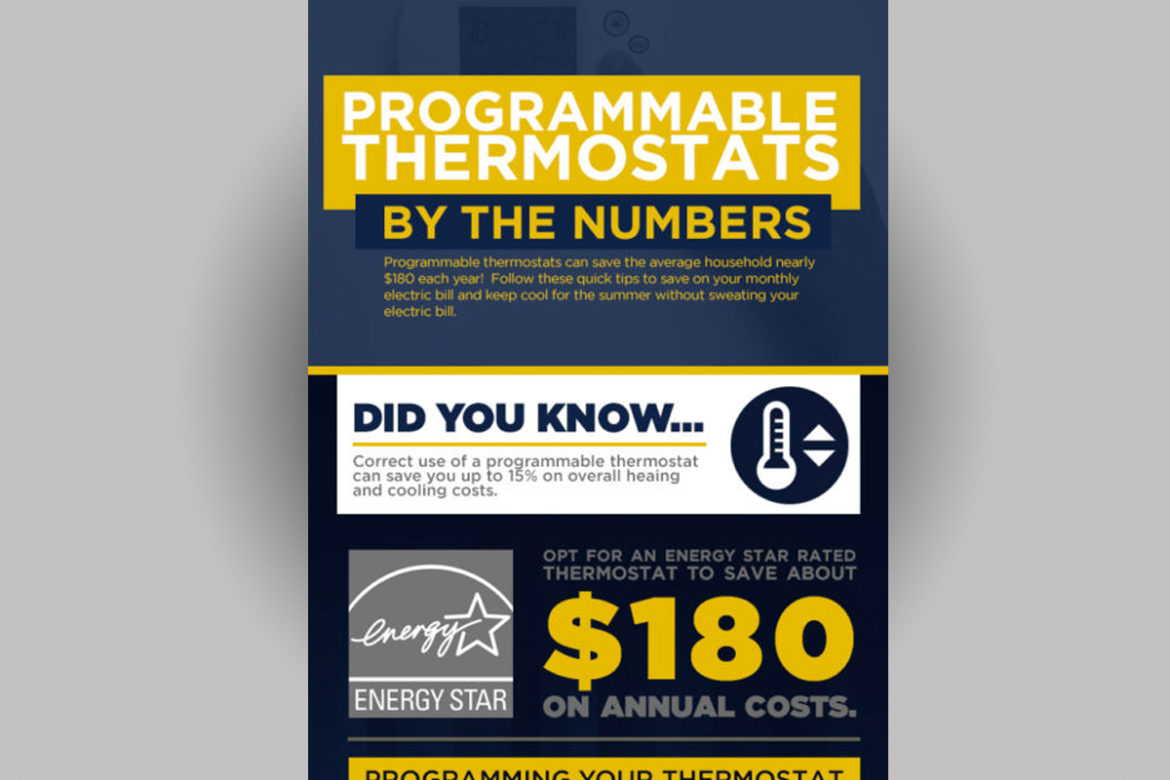The Ultimate Guide To Recognizing Warmth Pumps - Just How Do They Work?
The Ultimate Guide To Recognizing Warmth Pumps - Just How Do They Work?
Blog Article
Write-Up Created By-Grady Bland
The most effective heat pumps can save you significant quantities of money on power bills. They can also help reduce greenhouse gas emissions, especially if you make use of electrical energy instead of nonrenewable fuel sources like lp and heating oil or electric-resistance furnaces.
Heatpump work quite the like ac system do. This makes them a practical option to conventional electric home furnace.
Just how They Work
Heatpump cool down homes in the summertime and, with a little help from electrical power or gas, they give a few of your home's heating in the wintertime. They're a good alternative for individuals who wish to lower their use fossil fuels yet aren't ready to change their existing heating system and air conditioning system.
They depend on the physical truth that also in air that seems as well cool, there's still power present: cozy air is constantly moving, and it wishes to relocate into cooler, lower-pressure atmospheres like your home.
Most power STAR licensed heatpump operate at close to their heating or cooling capacity throughout most of the year, minimizing on/off cycling and conserving energy. For the best performance, focus on systems with a high SEER and HSPF score.
The Compressor
The heart of the heat pump is the compressor, which is additionally referred to as an air compressor. This mechanical streaming device makes use of prospective power from power development to raise the pressure of a gas by minimizing its volume. It is different from a pump because it only services gases and can't deal with fluids, as pumps do.
Climatic air goes into the compressor with an inlet shutoff. It circumnavigates vane-mounted arms with self-adjusting length that separate the interior of the compressor, producing several tooth cavities of varying dimension. https://cost-of-putting-in-air-co66655.creacionblog.com/29195529/heatpump-vs-furnace-which-is-the-better-home-heating-alternative-for-your-home to move in and out of phase with each other, compressing the air.
https://www.medicalnewstoday.com/articles/rosacea-flare-ups draws in the low-temperature, high-pressure refrigerant vapor from the evaporator and compresses it into the warm, pressurized state of a gas. This process is repeated as needed to provide heating or air conditioning as required. The compressor also includes a desuperheater coil that reuses the waste warm and adds superheat to the cooling agent, altering it from its liquid to vapor state.
The Evaporator
The evaporator in heat pumps does the very same point as it carries out in fridges and ac unit, changing liquid cooling agent right into a gaseous vapor that eliminates heat from the area. Heat pump systems would certainly not work without this crucial piece of equipment.
This part of the system lies inside your home or structure in an interior air trainer, which can be either a ducted or ductless system. It consists of an evaporator coil and the compressor that presses the low-pressure vapor from the evaporator to high pressure gas.
Heat pumps take in ambient warm from the air, and afterwards utilize electrical energy to move that heat to a home or service in home heating setting. That makes them a whole lot a lot more energy efficient than electrical heating units or heating systems, and due to the fact that they're using clean electricity from the grid (and not shedding fuel), they additionally produce much fewer emissions. That's why heatpump are such terrific environmental selections. (As well as a big reason they're coming to be so prominent.).
The Thermostat.
Heatpump are excellent options for homes in cold climates, and you can utilize them in mix with conventional duct-based systems or perhaps go ductless. They're a fantastic alternate to fossil fuel heating unit or typical electrical heating systems, and they're a lot more sustainable than oil, gas or nuclear a/c equipment.
Your thermostat is the most crucial part of your heat pump system, and it functions extremely in different ways than a standard thermostat. All mechanical thermostats (all non-electronic ones) work by using compounds that transform size with boosting temperature level, like curled bimetallic strips or the expanding wax in a vehicle radiator shutoff.
These strips contain 2 different types of metal, and they're bolted with each other to create a bridge that finishes an electric circuit connected to your cooling and heating system. As the strip obtains warmer, one side of the bridge increases faster than the other, which triggers it to flex and signify that the heater is needed. When the heatpump is in heating mode, the reversing shutoff reverses the circulation of cooling agent, to ensure that the outside coil currently operates as an evaporator and the indoor cylinder becomes a condenser.